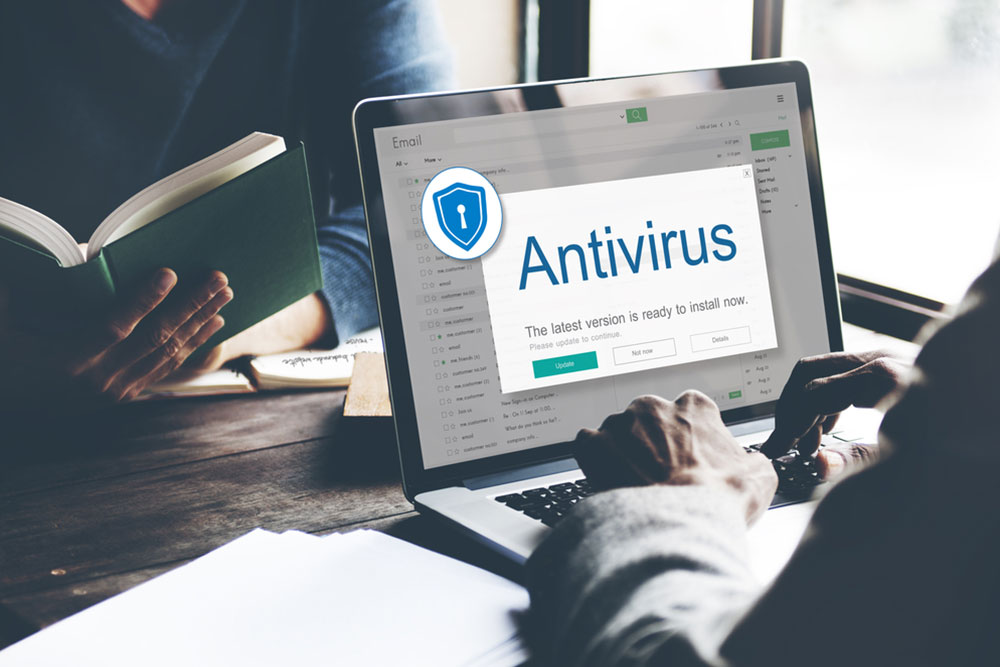Understanding Network Attacks: Protecting Against DoS and DDoS Threats
This article provides comprehensive insights into DoS and DDoS cyber attacks, their different types, motives, and potential damages. It discusses effective security measures to safeguard online services and emphasizes the importance of cybersecurity strategies. Designed for business owners and IT professionals, it highlights how to identify threats and implement protective solutions to prevent costly disruptions.

Understanding Network Attacks: Protecting Against DoS and DDoS Threats
DoS, or Denial of Service, is a cybersecurity threat aimed at disrupting online services rather than related to the Disk Operating System. These attacks come in two forms: single-source DoS and multi-source DDoS (Distributed Denial of Service). The impact can be severe, causing financial losses and service outages for businesses. DoS involves one device flooding a website with traffic, while DDoS uses numerous infected devices, called botnets, to overwhelm servers. Protecting your online assets requires proactive security measures including firewall rules and specialized tools.
HTTP flooding sends excessive requests to overload servers, while SYN flooding targets TCP networks with malicious packets, both causing extensive damage. Attack motives vary from competitive rivalry, revenge, activism, to ransom demands. Costs range from hundreds to millions of dollars, especially for small firms. High-profile incidents, like Twitter’s 2010 DDoS attack, highlight the need for robust defense strategies. Employing advanced security tools and consulting cybersecurity experts can help safeguard your digital infrastructure effectively.
Implement firewall rules to block suspicious IP addresses.
Use security solutions to mitigate ICMP and SYN flood attacks.
Deploy SYN cookies and reverse proxies to defend against DDoS methods.
Maintain awareness of emerging threats and consult cybersecurity professionals for protection.
Note: Our blog offers insightful technical guidance across various topics. While our information is well-researched, it should not replace professional advice. Always verify with cybersecurity experts to tailor solutions suited to your organization’s needs.










